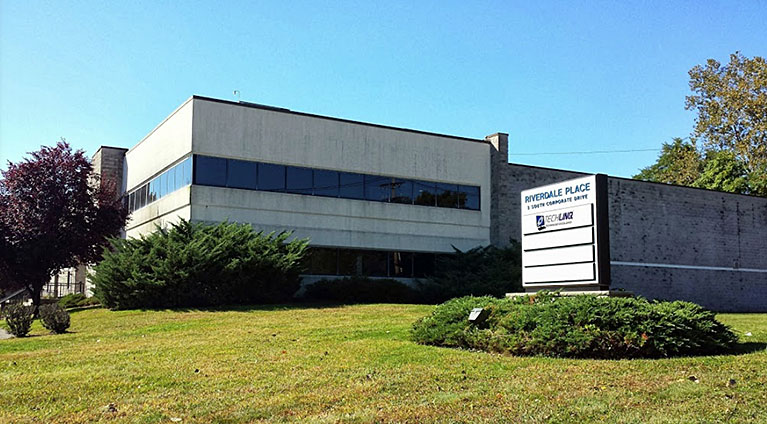
If the only cybersecurity terms you know are “virus” and “hacking,” now is the time to expand your cybersecurity vocabulary. This will enable you to better understand the variety of risks in the online world and protect your computers, data, and yourself. Here’s a short yet handy list of cybersecurity terms you should know.
Malware
For a long time, the phrase “computer virus” was misused to refer to every type of attack that intended to harm or hurt computers and networks. The more appropriate term for these harmful programs and files would be “malicious software” or “malware.” Whereas a virus is a specific type of malware that is designed to replicate itself, any software created for the purpose of destroying or unfairly accessing networks and data should be referred to as malware.
Ransomware
Don’t let all other cyberthreats ending in -ware confuse you; they are all just subcategories of malware. Currently, one of the most popular of these is “ransomware,” which is malware that encrypts valuable data until a ransom is paid.
Intrusion prevention system (IPS)
There are several ways to safeguard your network from malware, but an IPS is quickly becoming one of the nonnegotiables. An IPS sits inside your company’s firewall and looks for suspicious and malicious activity that can be halted before it can exploit or take advantage of a known vulnerability.
Social engineering
Not all types of malware rely solely on fancy computer programming. Experts agree that the majority of attacks require some form of “social engineering” to succeed. Social engineering is the act of tricking people, rather than computers, into revealing sensitive or protected information. For cybercriminals, complicated software is totally unnecessary if they can just convince potential victims that they’re a security professional who needs the victims’ password to secure their account.
Phishing
Despite often relying on face-to-face interactions, social engineering does occasionally employ more technical methods. Phishing is the act of defrauding people using an app or a website that impersonates a trustworthy or often well-known business in an attempt to obtain confidential information. Just because you received an email that says it’s from the IRS doesn’t mean that it is. Don’t take such emails at face value — always verify the source, especially if the emails are requesting your sensitive data.
Antivirus
Antivirus software is often misunderstood as a way to comprehensively secure your computers and workstations. These applications are just one piece of the cybersecurity puzzle and can only scan the drives on which they are installed for signs of well-known malware variants.
Zero-day attacks
Malware is most dangerous when it has been released but not yet discovered by cybersecurity experts. When a vulnerability is found within a piece of software, vendors will release an update to fix the gap in security. However, if cyberattackers release a piece of malware that has never been seen before, and if that malware exploits one of these holes before the vulnerability is addressed, it is called a zero-day attack.
Patch
When software developers discover a security vulnerability in their programming, they usually release a small file to update and “patch” this gap. Patches are essential to keeping your network secure from the vultures lurking on the internet. By checking for and installing patches as often as possible, you keep your software protected from the latest malware.
Redundant data
When antivirus software, patches, and intrusion prevention fail to keep your information secure, there’s only one thing that will: quarantined off-site storage. Duplicating your data offline and storing it somewhere other than your business’s workspace ensures that if there is a malware infection, you’re equipped with backups.
Our cybersecurity professionals are always available to impart more in-depth knowledge of the many different kinds of cyberthreats. Get in touch with us today and find out how we can help you with your IT security woes.



